As the trekkers emerged languorously – faces drenched in beads of salty sweat – from the final point of the four-day Inca Trail, I glided across the ground, fresh faced yet fatigued from the 4-am start, to the entrance of the famous Inca site: Machu Picchu. Guilty - in part - for having ‘slummed’ it in the comfort of the train-seat’s warm embrace to 2360 metres above sea level, I smiled at the smelly trekkers and made haste for the entrance. After some time in South America, I’d finally made it to the only place on the continent I’d desperately wanted to see. I’d come close to missing out, thanks to the bureaucratic jungle of Bolivian politics. The bounding pulse coursing through Machu Picchu’s ancient streets pushed me forward onto a stone path of Inca discovery.
Historical Legacy: An Inca Discovery, and Preservation
Built in the 15th century, it’s a mark of engineering ingenuity. Sitting on a mountain ridge 2500 metres above sea level, the ancient estate’s design and construction – intended for an emperor – are testament to the resourcefulness of the ancient civilisation. Discovered in 1911, it had remained shrouded from the detriment of the Spanish’s destructive hands following their Peruvian invasion in the 1550s. Subsequently, the stone structures have remained mostly in tact – with a little bit of help from restorative processes – deeming the site worthy of the entitlement as one of the New Seven Wonders of the World.
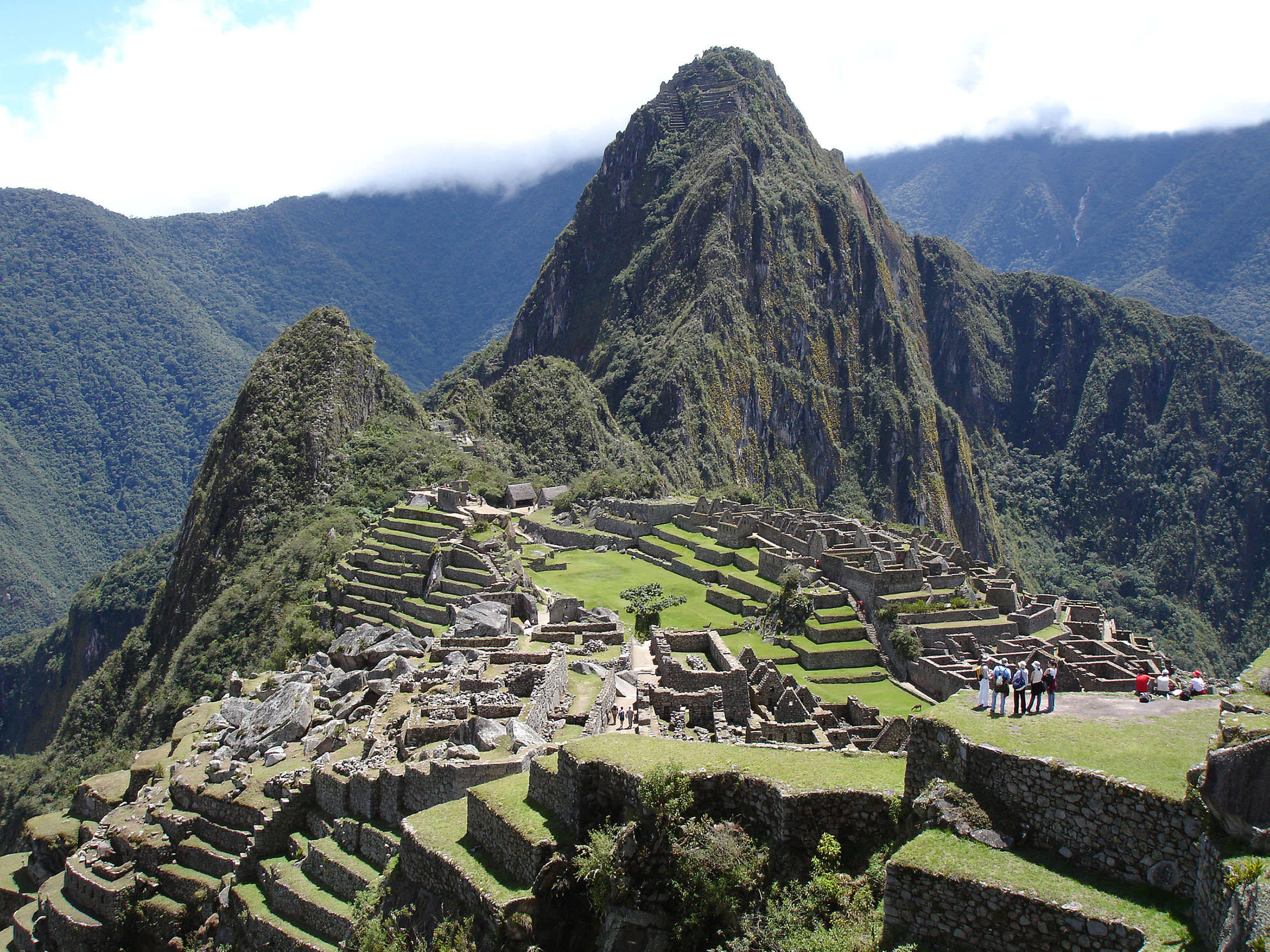
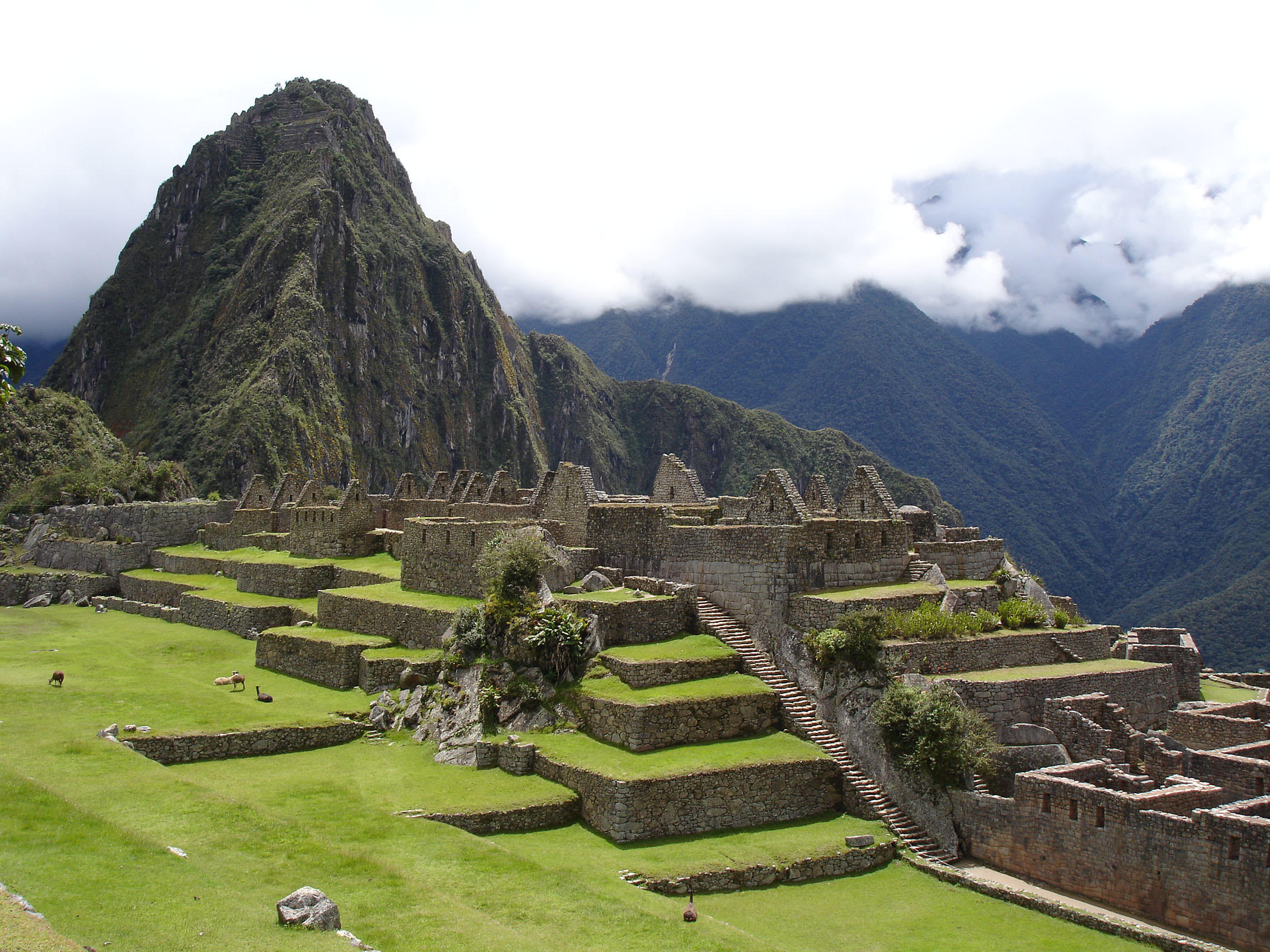
Getting to Machu Picchu (other than via the Inca Trail)
Obviously, one can embark on a jungle adventure replete with pain, sweat, insect bites, dehydration and muscle cramps over several days to reach the summit. The resulting elation and sense of achievement would chime a victorious and satisfying sound when catching sight of the beauteous Wonder. We were – unfortunately – running short on time and opted for the ‘indolent’ and convenient alternative: the train.
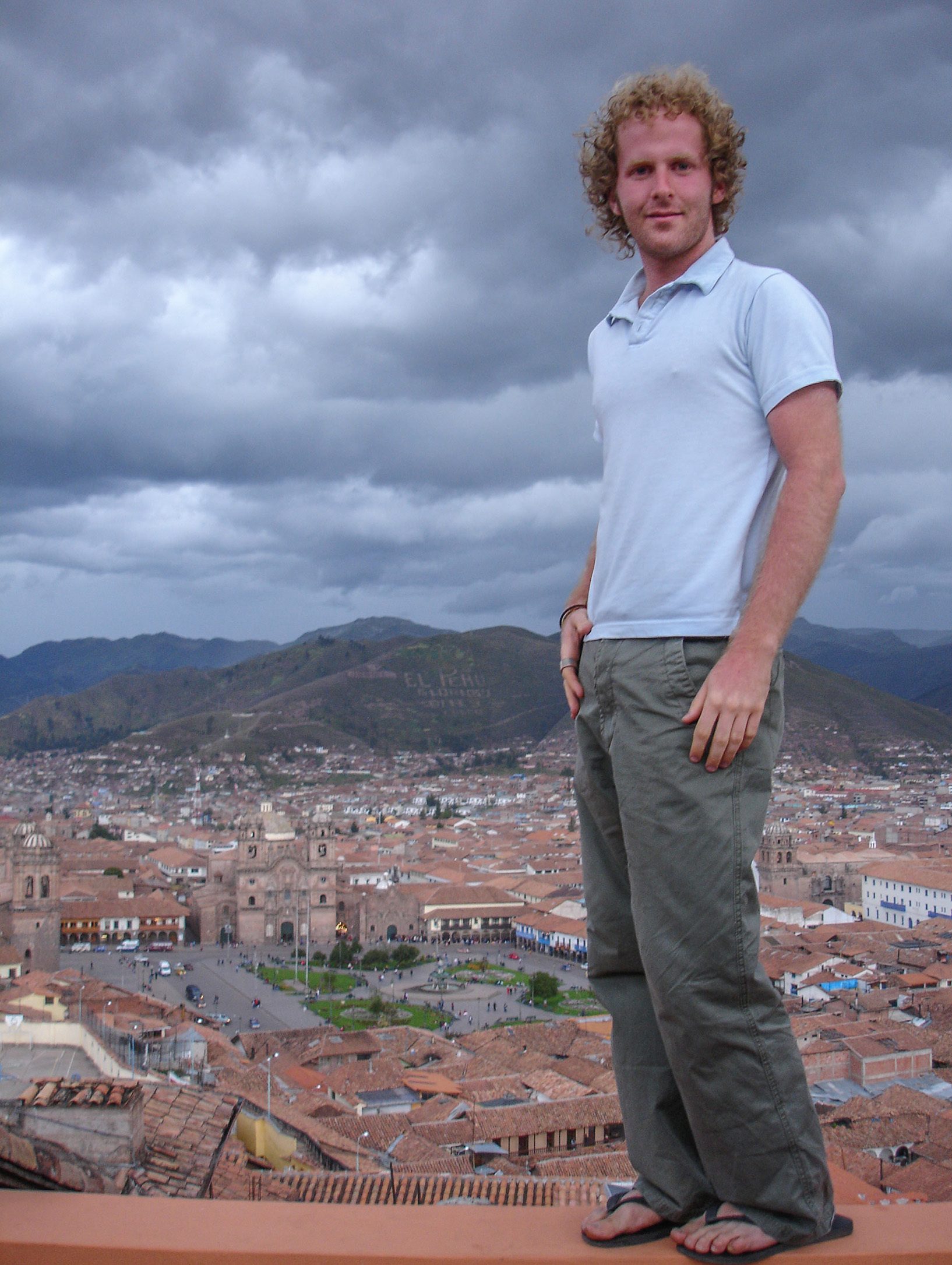
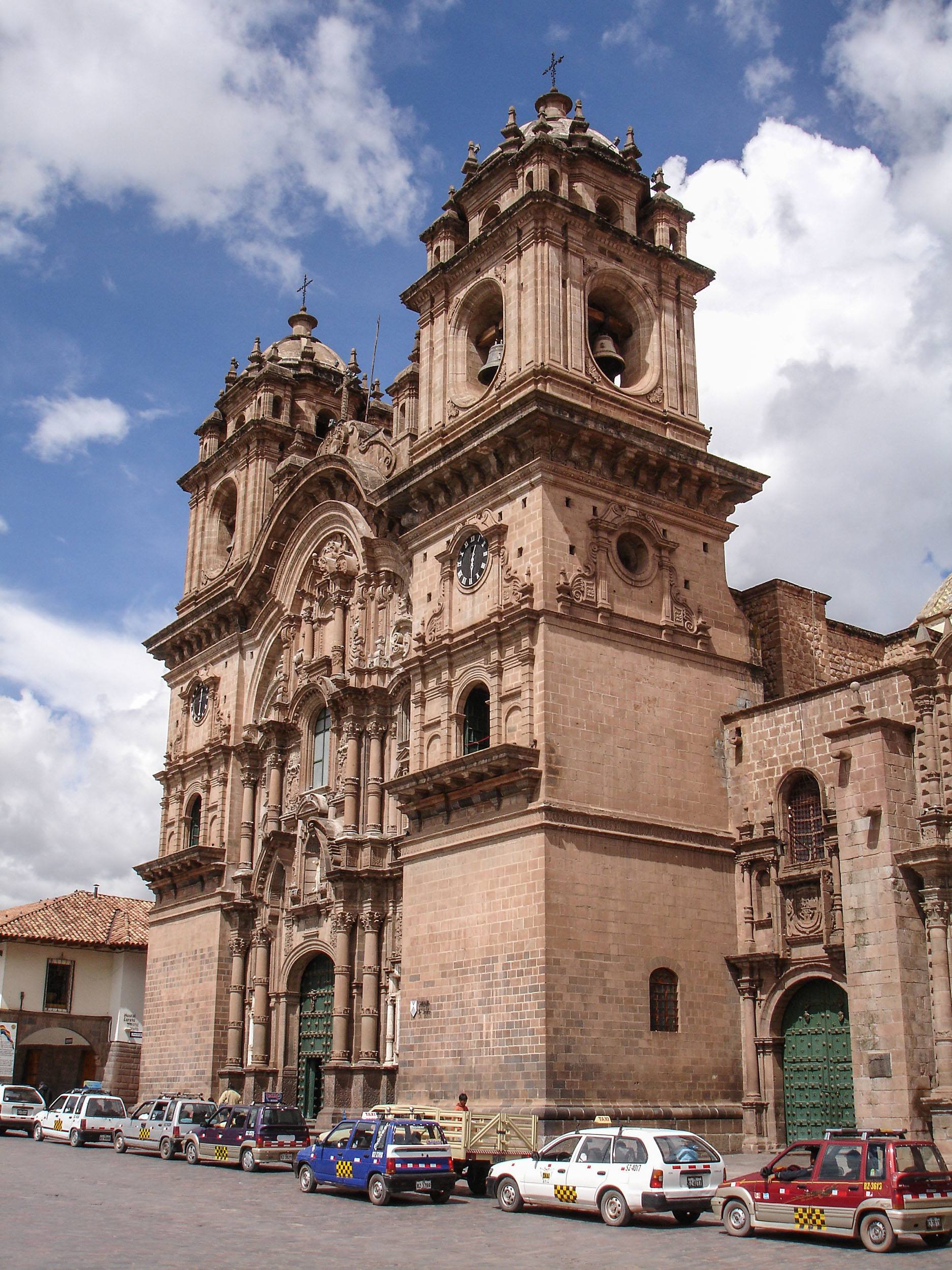
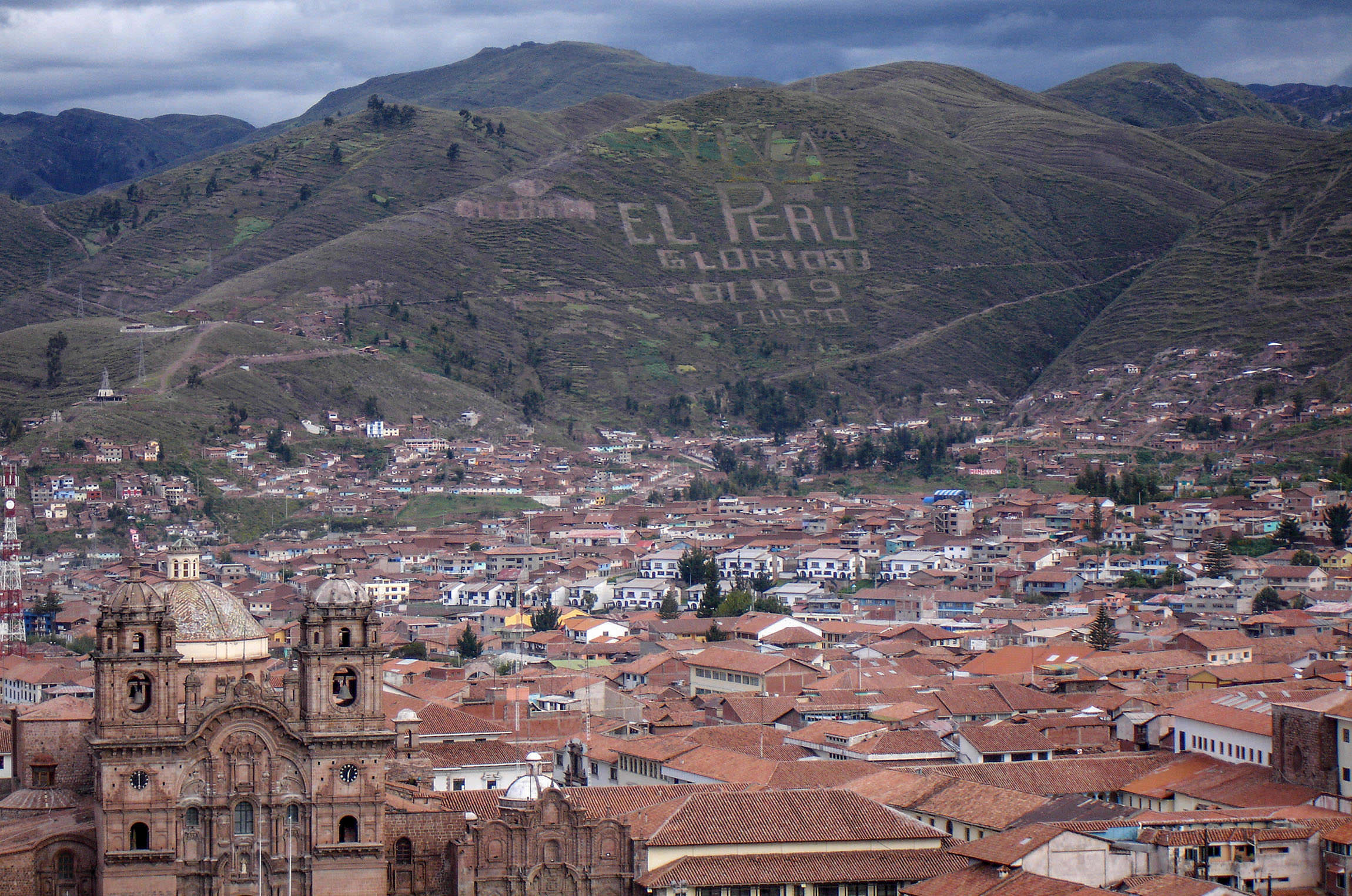
From Cusco’s historic train station, we boarded The Backpacker, a relatively inexpensive train service operated by Peru Rail. It delivered us close to the top, to the quaint town of Aguas Calientes – the final stop before taking a bus along a meandering road to the entrance of Machu Picchu. Since visiting in 2006, trains have stopped departing from Cusco central (see information at Seat61 for further details). They now leave from a small town 8-kilometres away. Unfortunately, one will now miss some spectacular river scenery. Although considered the ‘lazy’ option, I was satisfied to take the train - and be the recipient of condemnatory glares from trekkers on arrival - rather than forego the opportunity to see firsthand Inca wonderment and ingenuity.
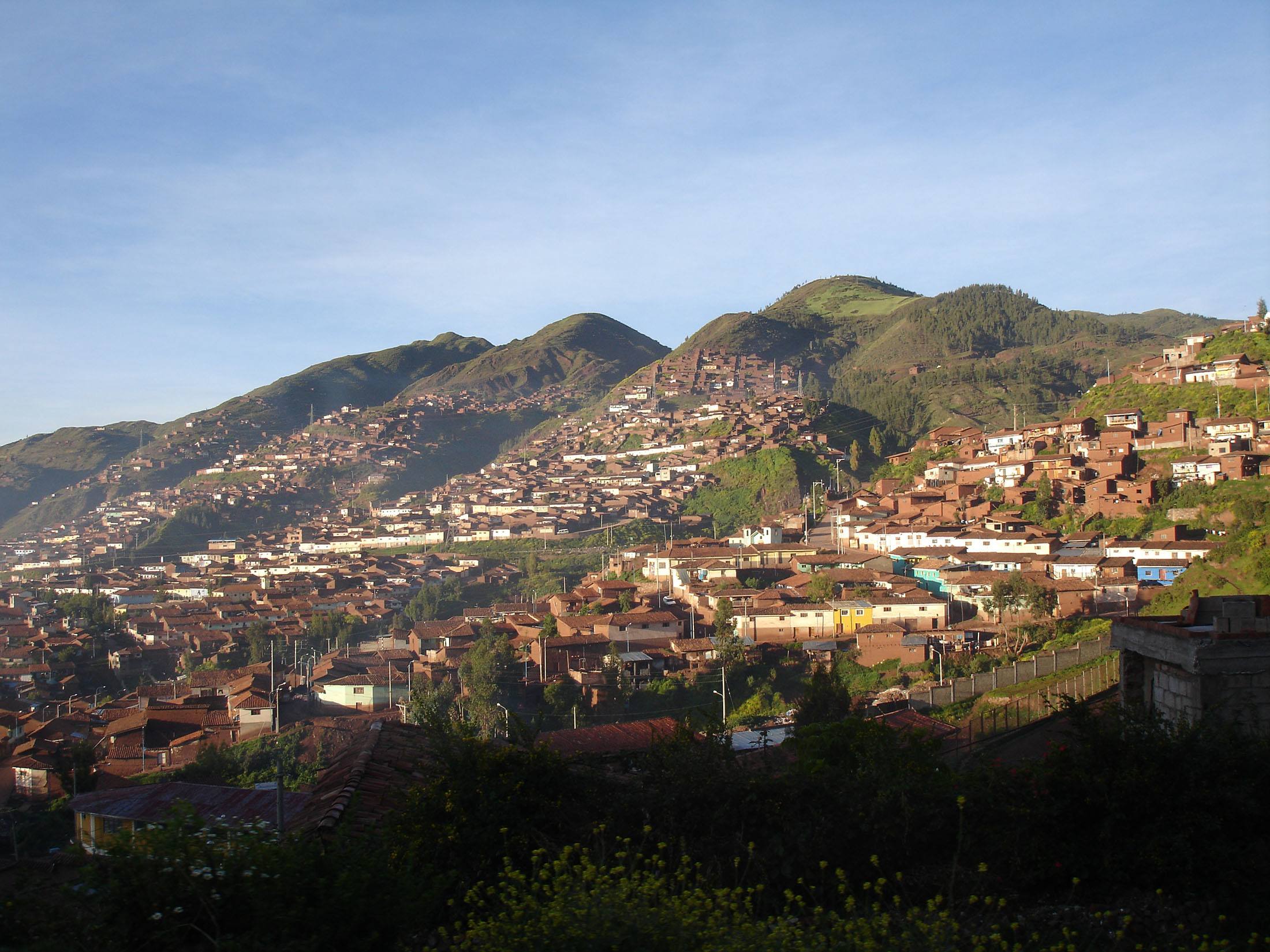
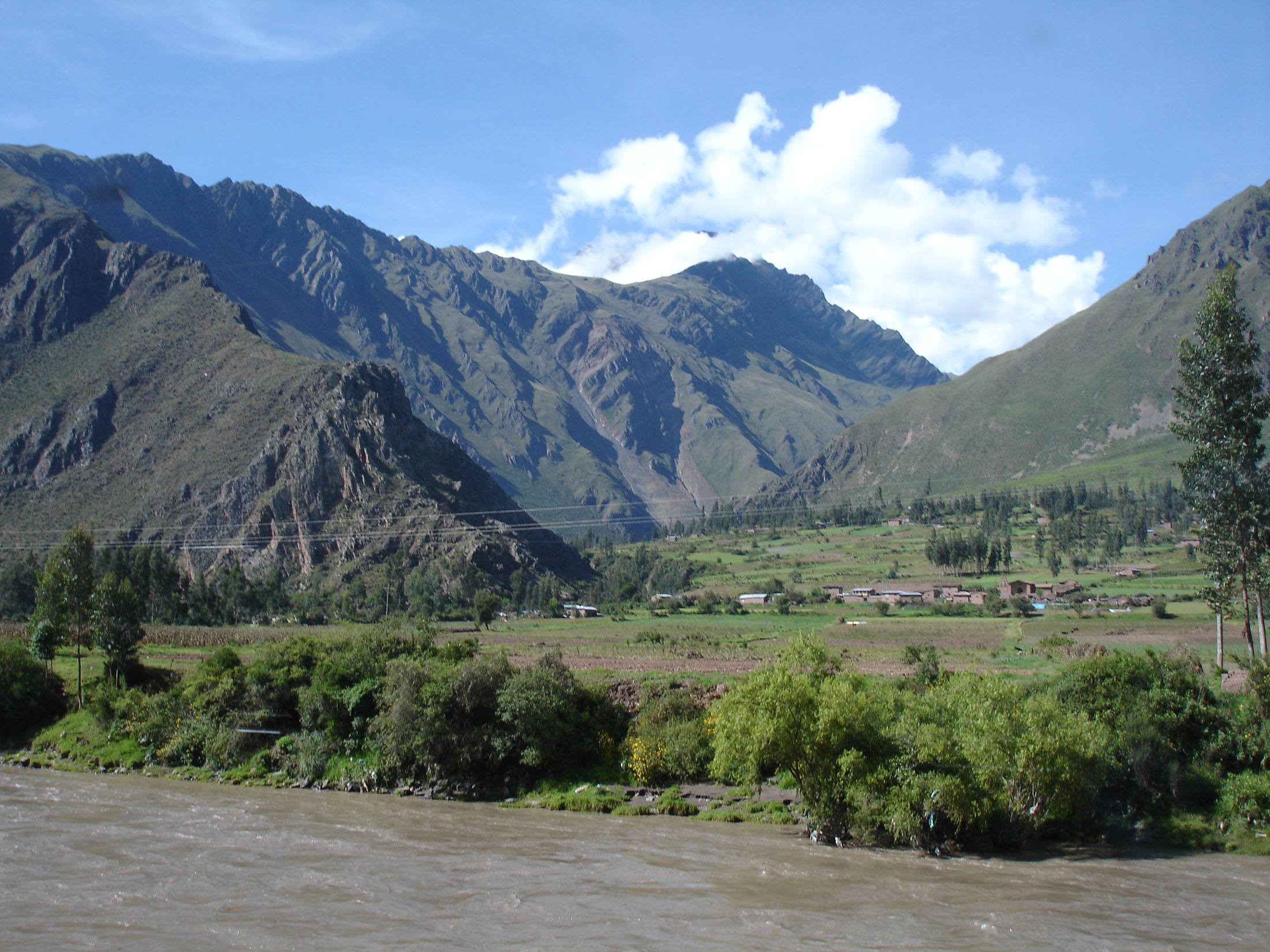
Experiencing Machu Picchu
Often referred to as ‘the experience of a lifetime’, meandering along the stone paths of the ancient city – resting in the clouds – embodied surrealist perfection. Moving in different directions provided new vantage points with diverse panoramas, each transcending the splendour of the last. Set before a precipitous iconic cone-shaped peak, the land on which the city rests cascades, each slice of hill replete with assorted structures all historically unique. Traversing the ancient slopes, although cliché, was thus a journey through time: with each gust of wind ancient voices seemed to emerge from the stone structures, echo through the valley, swirl around the precipitous mountainous core and dissipate into the clouds.

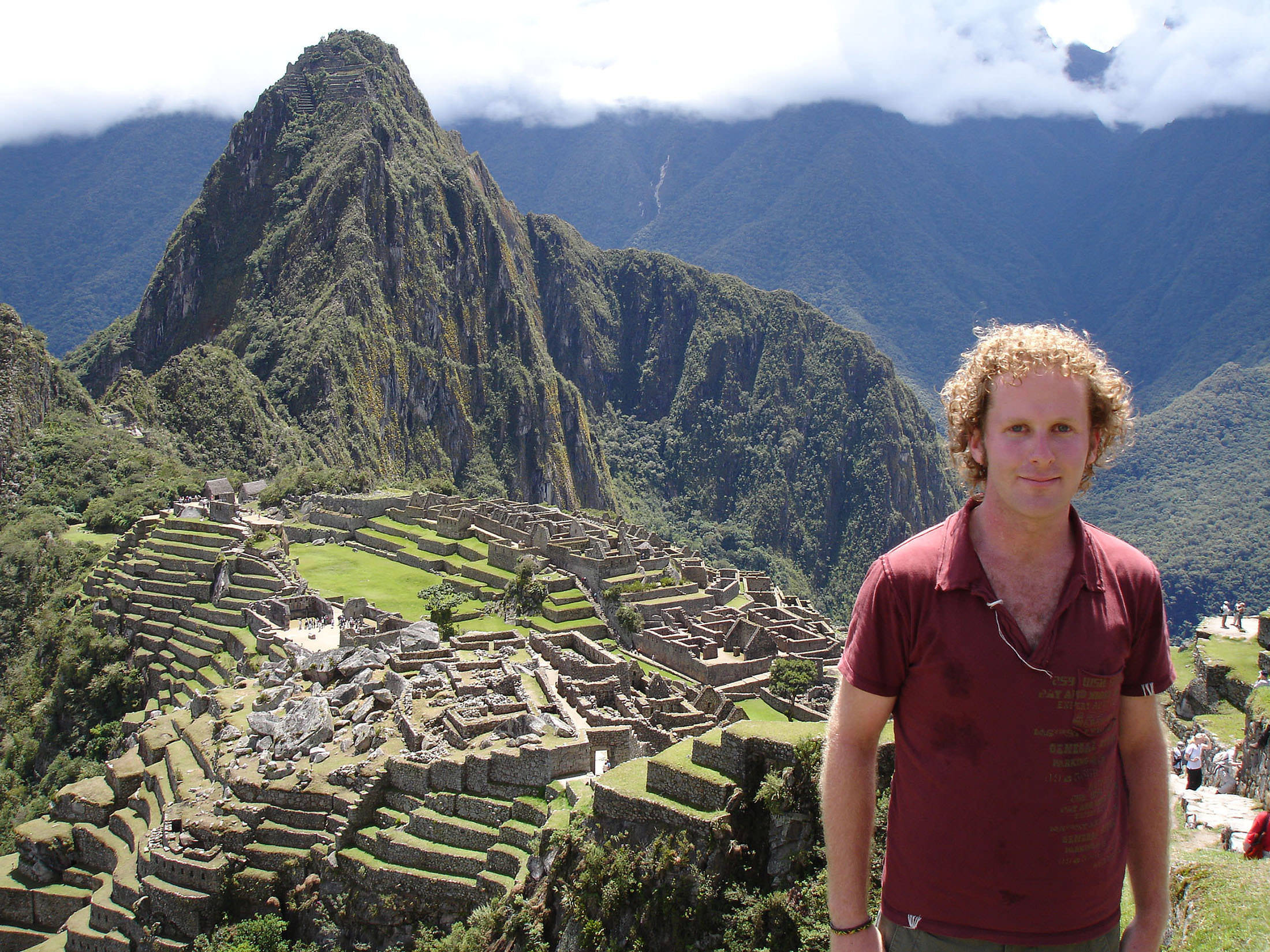
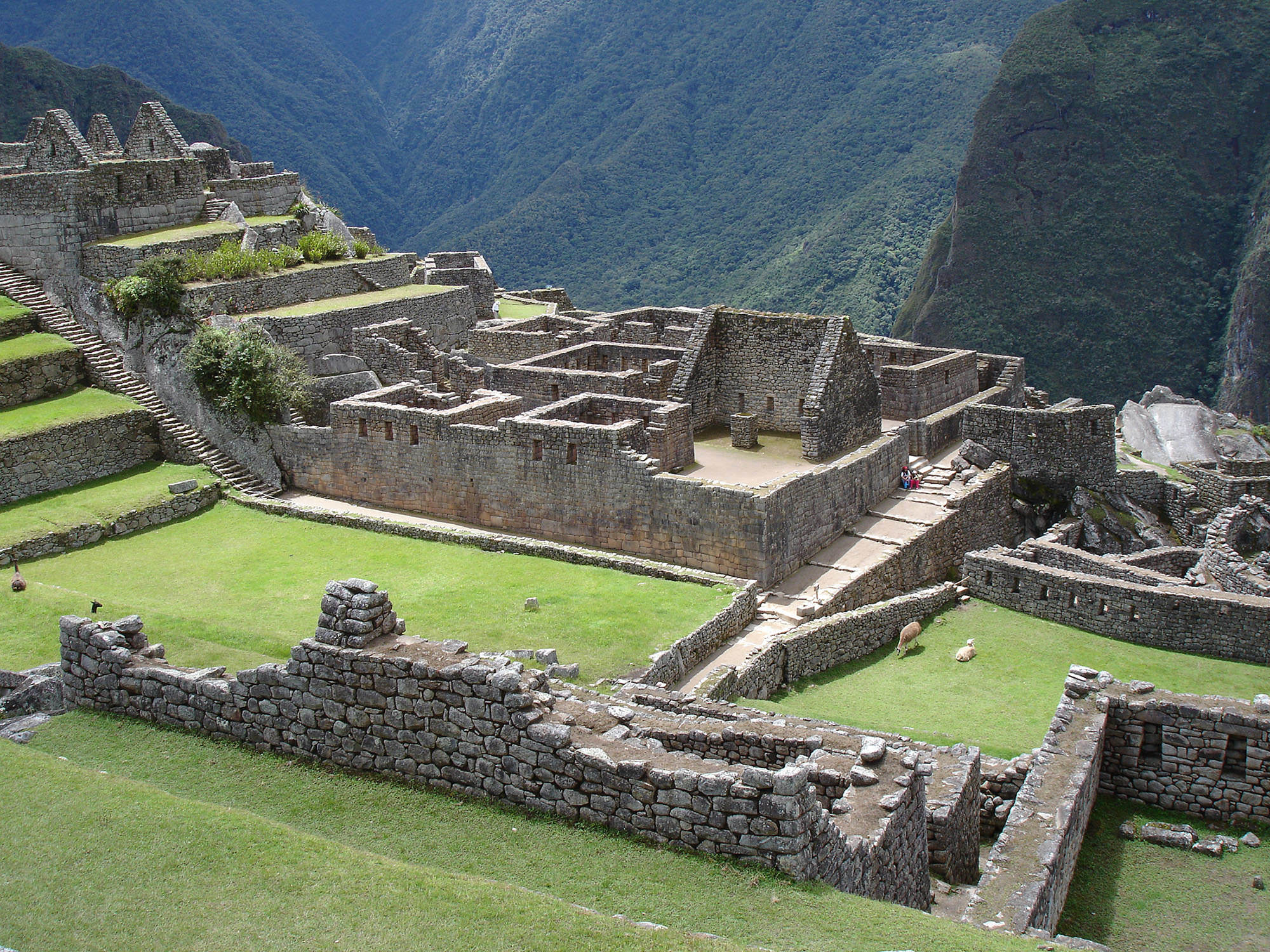
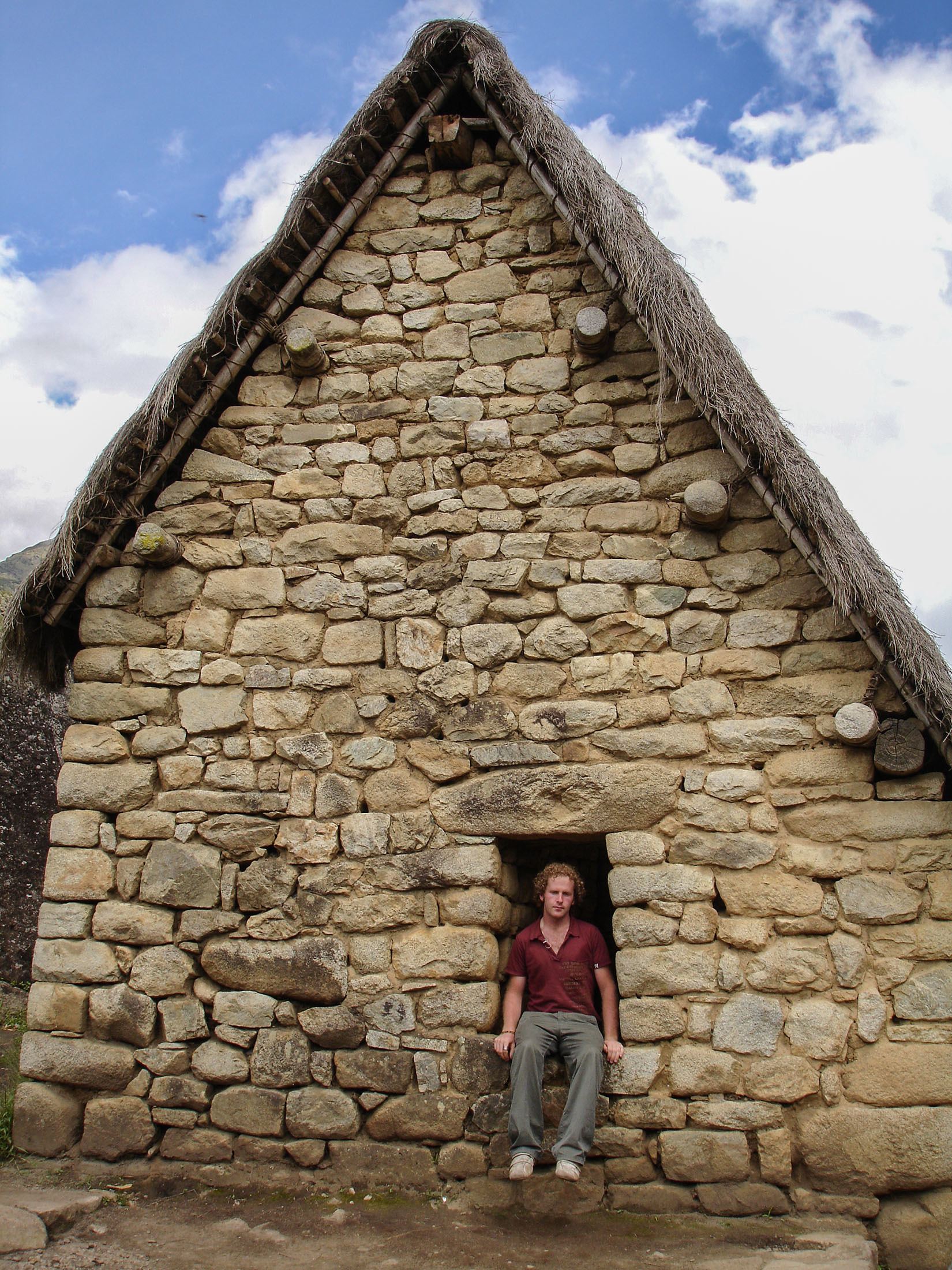
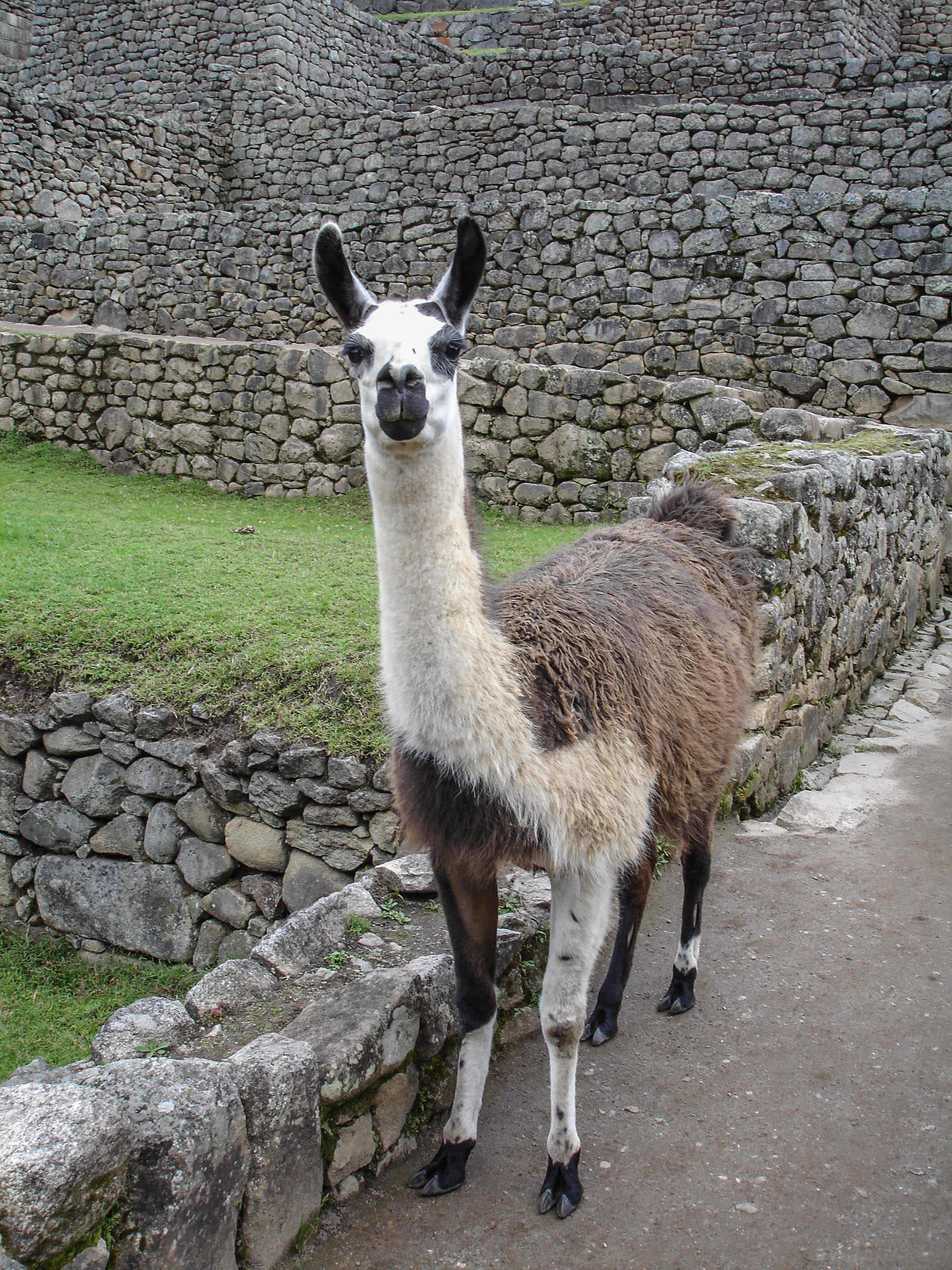
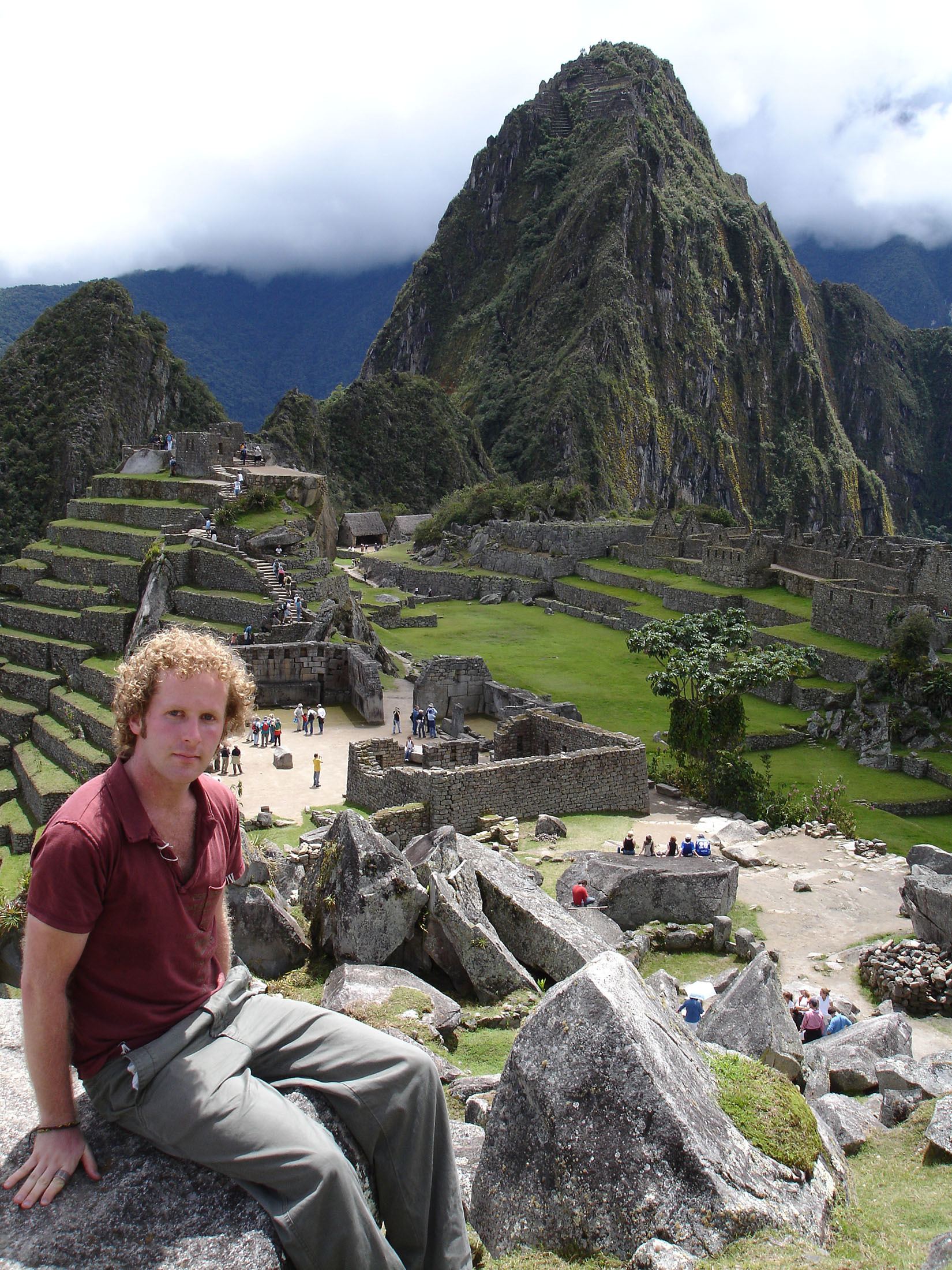
Should You Visit?
Although now uninhabited, Machu Picchu – through its legacy, architectural aesthetic and unique setting - exudes a magic nigh unparalleled. It’s certainly worthy of a top spot on any South American itinerary.
Further Information
Getting to Cusco - TRANSPORTATION
Staying in Cusco - ACCOMMODATION
Spending in Cusco - CURRENCY
Many of the photos displayed on this page are courtesy of Ben Davies.
